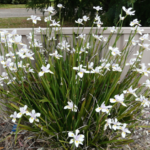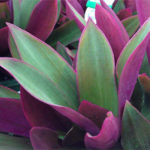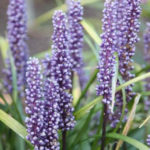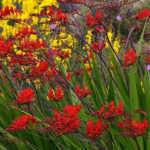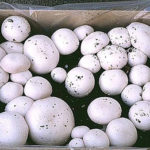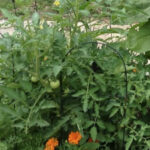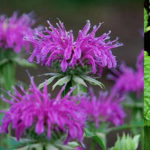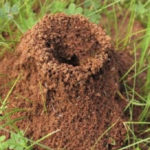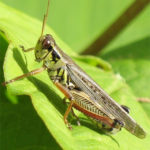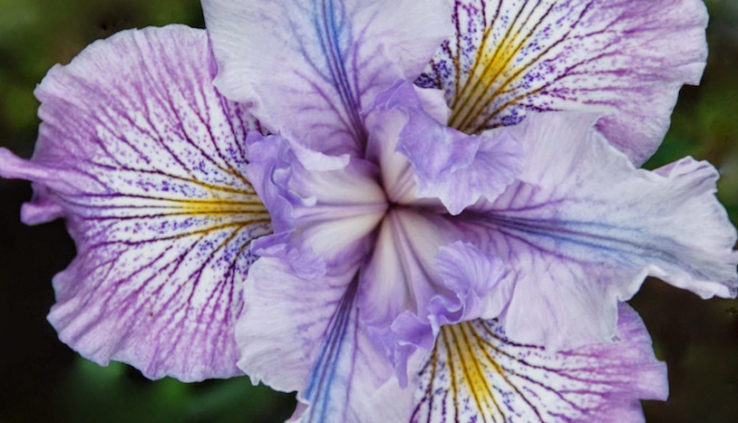
Californian Iris Pacific Coast Iris
Pacific Coast Iris Care How to Grow a Californian Iris
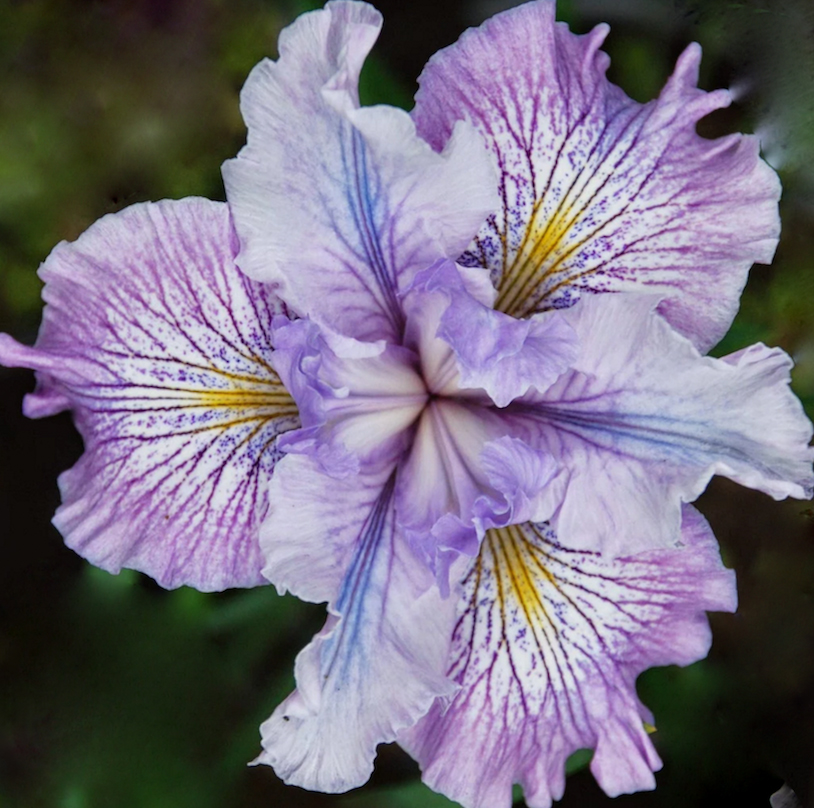 The Pacific Coast Iris (PCI) and the Californian Iris are one. They are a low growing and a compact vigorous plant that has narrow skinny leaves, which resemble grass, that grows from slender rhizomes. These flowering plants belong to the family Iridaceae and are fibrous, rhizome rooted perennials. The Iris is commonly seen in gardens as it produces very attractive flowers, the same height as the foliage or sometimes mingled with in the top section of the grassy leaves, flowering from early spring. There are countless hybrids and species of Pacific Coast Irises that have been bred. The word Iris means Greek goddess of the rainbow and the flowers of Californian Iris plant lives true to its name. This species offers flowers in a wide range of colours with attractive colour patterns from white to black and any colour inbetween. Some with deep veining and various combinations and coloured patterns. Large and small dedicated growers around the world contribute to new hybrid Pacific Coast flowers. The colours available in Californian Iris / Pacific Coast Iris are many shades of yellow, blue, brown, violet and deep red. But the most important part of Californian Pacific coast Iris survival is to know exactly when to move them.
The Pacific Coast Iris (PCI) and the Californian Iris are one. They are a low growing and a compact vigorous plant that has narrow skinny leaves, which resemble grass, that grows from slender rhizomes. These flowering plants belong to the family Iridaceae and are fibrous, rhizome rooted perennials. The Iris is commonly seen in gardens as it produces very attractive flowers, the same height as the foliage or sometimes mingled with in the top section of the grassy leaves, flowering from early spring. There are countless hybrids and species of Pacific Coast Irises that have been bred. The word Iris means Greek goddess of the rainbow and the flowers of Californian Iris plant lives true to its name. This species offers flowers in a wide range of colours with attractive colour patterns from white to black and any colour inbetween. Some with deep veining and various combinations and coloured patterns. Large and small dedicated growers around the world contribute to new hybrid Pacific Coast flowers. The colours available in Californian Iris / Pacific Coast Iris are many shades of yellow, blue, brown, violet and deep red. But the most important part of Californian Pacific coast Iris survival is to know exactly when to move them.
More about Pacific Coast Iris
- The Pacific Coast Irises are evergreen plants and can grow to a height of 6 to 24 inches tall. There are a few varieties of these plants that grow to reach a height of 36 inches.
- Pacific Coast varieties prefer to grow in woody areas with filtered light.
- They like well drained and neutral to slightly acidic soil. The Irises develop foliage clumps and the leaves are grassy or sword shaped.
- The flowers of the Pacific Coast Iris have six petals, three of these are standard, erect petals and 3 are downward curving petals known as the falls.
- These flowers occur as a single colour or in colour combinations and they are beardless.
- The PCI flowers during the spring time.
Growing conditions to Care for the Pacific Coast Iris
Pacific Coast or Californian Iris Plants are fussy growers compared to other types of Irises, so they need more Iris care than other species in the iris family. All the PC Iris varieties prefer to grow in partially shaded areas. Full sun is too hot but they are adaptable to some sun if you live in a very cool climate. To create the right growing conditions it is best to start with the soil. The growing conditions they like are a wet winter and spring rain and dryer in the summer only watering once a week. They don’t like hot roots or humid weather and will not tolerate waterlogged soil. These fine plants like to have cool roots in summer and to create this environment, compost needs to be added to the soil and the plants also need some topdressing with mulch to assist plants during the hot dry summers. Created like their natural environment and habitat, using shredded bark mulch.
Growing from seeds
The Pacific Coast Irises can grow easily from the seeds. The seeds need to be planted in a soil that is mixed with natural compost. Because the seeds are hard little black seeds they will benefit from being soaked in lukewarm water 24 hours prior to planting the seeds. The seeds have to be planted just a ¼ inch deep in the soil mix. The seeds of the iris can take up to 2 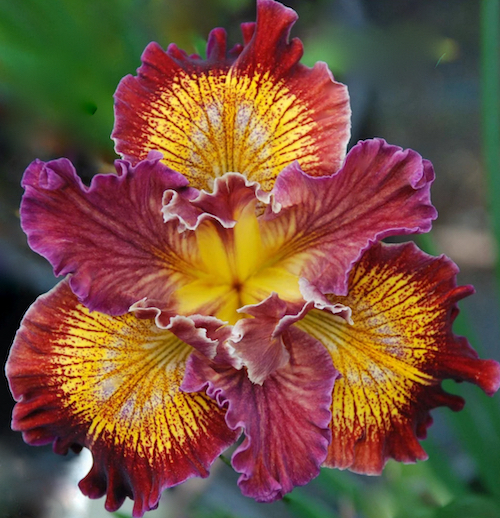 months to germinate with the right kind of sun exposure and moisture and not let dry out. The plant that reaches 3 inches tall in the pot can then be transferred outside to grow in the shady part of the garden after the frost season has passed.
months to germinate with the right kind of sun exposure and moisture and not let dry out. The plant that reaches 3 inches tall in the pot can then be transferred outside to grow in the shady part of the garden after the frost season has passed.
Transplantation the Right Time of the Year
The Pacific Coast Iris plants can be successfully transplanted when the roots are actively growing and are white in colour. The best time to transplant Pacific Coast Californian Iris is just for a few weeks a year during the late autumn and early winter May to June in Australia. It is critical that you keep the plants moist during this time and while they actively grow in their new position. The best time to lift the PCIs for transplanting is when you find new white roots around the base of the plants. You can see the white roots when you remove some of the soil from around the plants base. Make sure to take only half of the clump for division. Spring is a good time to fertilise and feed this plant but sparingly with camellia or azalea food, as not much fertiliser is required.



